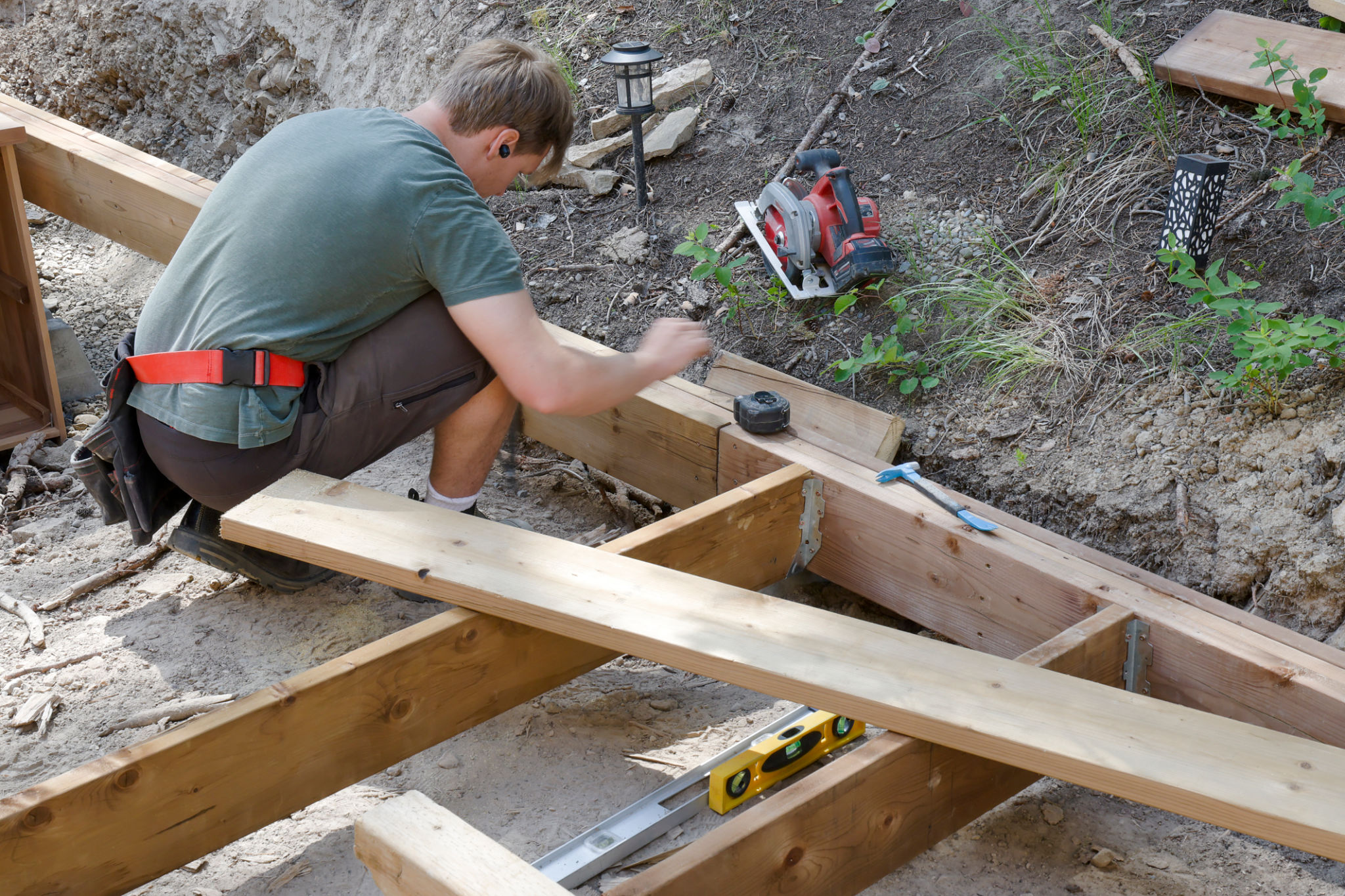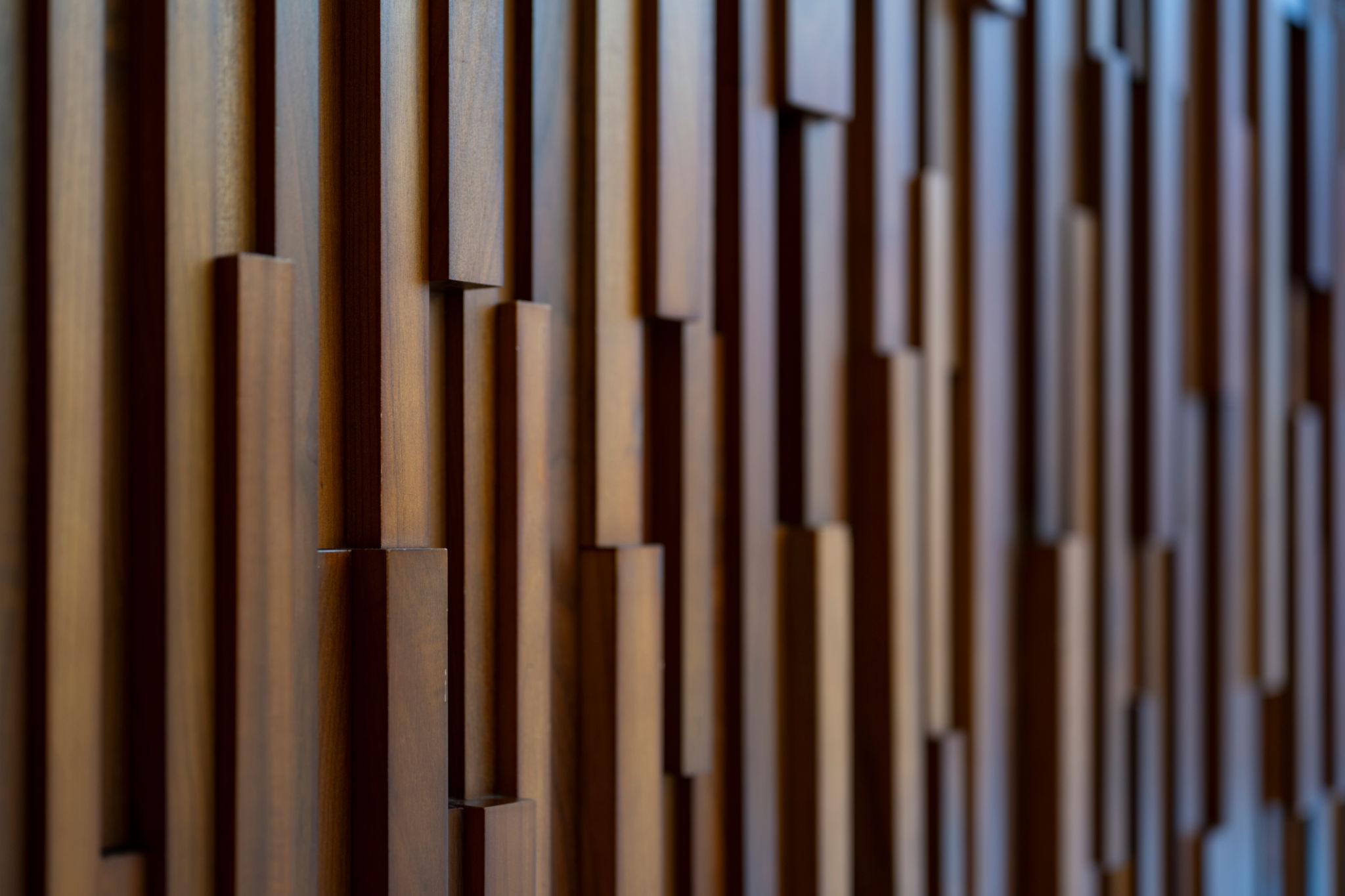Expert Tips for Building Durable and Aesthetic Wood Landings
Understanding the Basics of Wood Landings
Creating durable and aesthetic wood landings requires understanding the fundamentals of woodworking and design. A wood landing, typically found at the top or bottom of a staircase, serves both functional and decorative purposes. The choice of wood, the design, and the finish all play crucial roles in how well the landing integrates with your home's overall aesthetic.
When selecting wood, consider its durability and appearance. Hardwoods like oak, maple, and cherry are popular choices because they withstand wear and tear while offering a rich appearance. For outdoor wood landings, consider treated lumber or naturally resistant woods like cedar and redwood.

Design and Planning Considerations
Before embarking on building a wood landing, it's essential to plan the design carefully. Consider the space available, the architectural style of your home, and how the landing will be used. Will it be a simple transitional space, or will it serve as a focal point with additional features like seating or storage?
Start by measuring the area where the landing will be installed. Accurate measurements ensure that the landing fits perfectly and meets safety standards. Consider incorporating design elements such as balustrades or moldings to enhance the landing's aesthetic appeal.
Choosing the Right Finish
The finish on your wood landing not only protects the wood but also enhances its natural beauty. There are several options to choose from, including stains, paints, and sealants. A clear sealant allows the natural grain of the wood to shine through, offering a classic look.

If you prefer a more dramatic appearance, consider using a stain that complements other elements in your home. For outdoor landings, opt for weather-resistant finishes to protect against moisture and UV damage.
Construction Techniques for Durability
Building a durable wood landing requires attention to detail and quality craftsmanship. Start by ensuring that the foundation is solid and level. Use high-quality fasteners and connectors to secure all components firmly. This step is crucial to prevent wobbling or shifting over time.
Pay close attention to joint construction. Techniques like mortise and tenon or dowel joints can provide stronger connections compared to simple butt joints. Properly constructed joints will contribute significantly to the landing's overall stability.

Maintenance for Longevity
Once your wood landing is installed, regular maintenance will ensure it remains in excellent condition for years to come. Regularly inspect the landing for signs of wear or damage. Address any issues promptly to prevent them from worsening.
Cleaning the landing with appropriate wood cleaners can help maintain its appearance. For outdoor landings, consider reapplying a protective finish every few years to guard against environmental exposure.
Incorporating Aesthetic Elements
Aesthetic elements can transform a simple wood landing into a stunning feature in your home. Consider adding decorative touches like inlays, contrasting edge details, or artistic carvings. These elements can personalize your space and make your landing stand out.
Lighting is another important consideration. Integrating lighting into your wood landing can highlight its features and improve safety. Recessed lighting or LED strips can create an inviting atmosphere while ensuring visibility at night.

In conclusion, building a durable and aesthetic wood landing involves careful planning, quality materials, and skilled craftsmanship. By following these expert tips, you can create a stunning feature that enhances both the functionality and appearance of your home.
